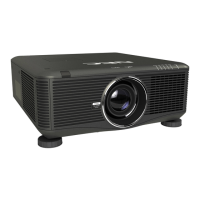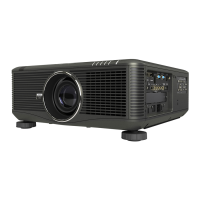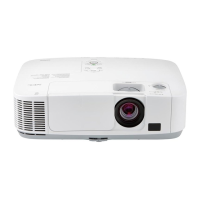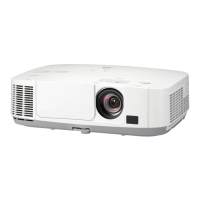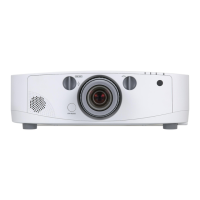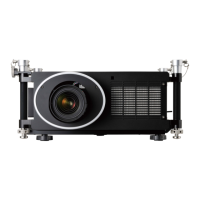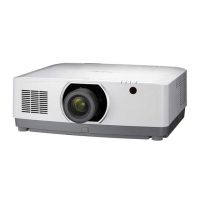What to do if my NEC NP-PX700W does not turn on or shut down?
- KKatrina ColeAug 16, 2025
If your NEC Projector doesn't turn on or shut down, first, check that the power cord is securely plugged in and that the power button on both the projector and remote are switched on. Ensure the lamp cover is correctly installed. Overheating can also cause this issue, so ensure sufficient ventilation or move the projector to a cooler location. If the lamp has reached its end-of-life and you've used the projector for another 100 hours, replace the lamp and reset the lamp hours. If the lamp fails to light, wait a minute before trying to power it on again. When using the projector at high altitudes (above 5500 feet/1600 meters), set [FAN MODE] to [HIGH ALTITUDE].
